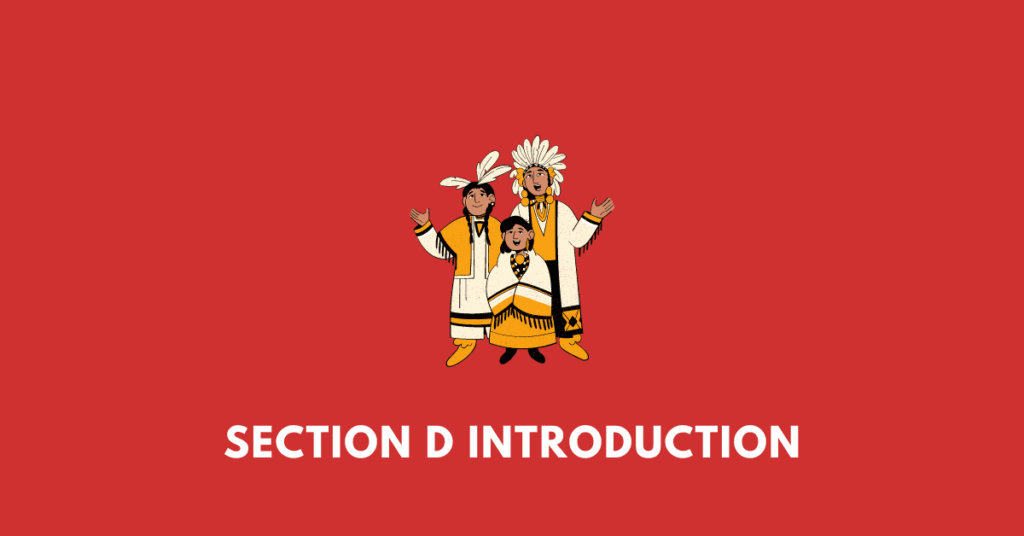Get summary, textual answers, solutions, notes, extras, PDF to NBSE Class 11 (Arts) History (Themes in World History) Section D Introduction (Paths to Modernisation). However, the educational materials should only be used for reference and students are encouraged to make necessary changes.
Summary
The chapter provides an overview of the historical events and societal changes that shaped the modern world. It begins by discussing the Industrial Revolution and political revolutions, such as the American and French Revolutions, which were key in transforming societies and promoting the idea of citizenship. These events set the stage for modernisation, where people were no longer merely subjects under monarchs but citizens with rights.
The text highlights the stark differences in worldview between the indigenous people of North America and Australia and the European settlers. The settlers commodified land and natural resources, while the natives believed these elements could not be owned. This clash of perspectives led to significant cultural and political tensions. Despite efforts by governments to integrate or ignore indigenous cultures, these native groups managed to retain their cultural identities.
The chapter also discusses the expansion of European and Japanese imperialism during the 19th and 20th centuries, including the exploitation of colonies and semi-colonies like China. Nationalist movements arose in many colonised regions as people resisted foreign rule. Nationalism, which became a major force in the West and Japan, promoted the idea that political power should belong to the people. There are two main types of nationalism: civic nationalism, based on shared citizenship, and ethnic nationalism, which centres on a common language, religion, or ethnicity.
The chapter also explores the distinct paths to modernisation taken by countries like Japan and China. Japan, though not colonised, modernised rapidly, whereas China faced internal and external struggles. Both nations, despite different circumstances, sought to redefine their role in the modern world.
Extra/additional questions and answers
1. How did Western capitalism establish colonies and control in the developing world?
Answer:
- Western mercantile, industrial, and financial capitalisms, as well as early 20th-century Japanese capitalism, established colonies in large parts of the developing world.
- Some of these were colonial settlements, while others were direct imperial control, such as British rule in India.
- In China, Britain, France, Germany, Russia, the United States, and Japan interfered in Chinese affairs without directly assuming state power, reducing China to the status of a semi-colony.
2. How did colonial exploitation face challenges globally?
Answer: Colonial exploitation was challenged almost everywhere by powerful nationalist movements.
3. What is nationalism, and how is it modern?
Answer:
- Nationalism is a modern concept because nationalist movements believe that political power should be in the hands of the people.
- All people, regardless of language, ethnicity, religion, or gender, have sovereignty under civic nationalism.
- Civic nationalism aims to create a community of citizens who define nationhood in terms of citizenship, not ethnicity or religion.
4. What is the difference between ethnic nationalism and civic nationalism?
Answer:
- Ethnic nationalism attempts to forge national bonds around a shared language, religion, or set of traditions, often restricting sovereignty to a select group of people.
- Civic nationalism defines nationhood in terms of shared citizenship, where all people, regardless of ethnicity, religion, or language, have sovereignty.
5. How does ethnic nationalism manifest in multi-ethnic countries?
Answer: In multi-ethnic countries, ethnic nationalism may restrict the exercise of sovereignty to a select group of people, often assumed to be superior to minority communities.
37. What was the significance of the 1984 Treaty of Rarotonga?
Answer: The Treaty of Rarotonga, signed in 1984, set up the South Pacific Nuclear-Free Zone.
Extra/additional MCQs
1. In what years did the American Revolution take place?
A. 1776
B. 1789
C. 1765
D. 1799
Answer: A. 1776
2. Which of the following countries did NOT directly control China in the 19th and early 20th centuries?
A. Britain
B. France
C. Germany
D. Spain
Answer: D. Spain
3. When did the French Revolution occur?
A. 1776
B. 1789
C. 1804
D. 1848
Answer: B. 1789
4. By what year had Japan achieved universal primary school enrollment?
A. 1905
B. 1910
C. 1920
D. 1930
Answer: B. 1910
5. What ideology helped the Chinese Communist Party overthrow the Nationalists in 1949?
A. Capitalism
B. Feudalism
C. Egalitarian ideology
D. Monarchism
Answer: C. Egalitarian ideology
44. In which year did US astronauts land on the moon?
A. 1967
B. 1968
C. 1969
D. 1970
Answer: C. 1969
Get notes of other classes and subjects
| NBSE | SEBA/AHSEC |
| NCERT | TBSE |
| WBBSE/WHCHSE | ICSE/ISC |
| BSEM/COHSEM | MBOSE |
| Share Feedback | Question Papers |

